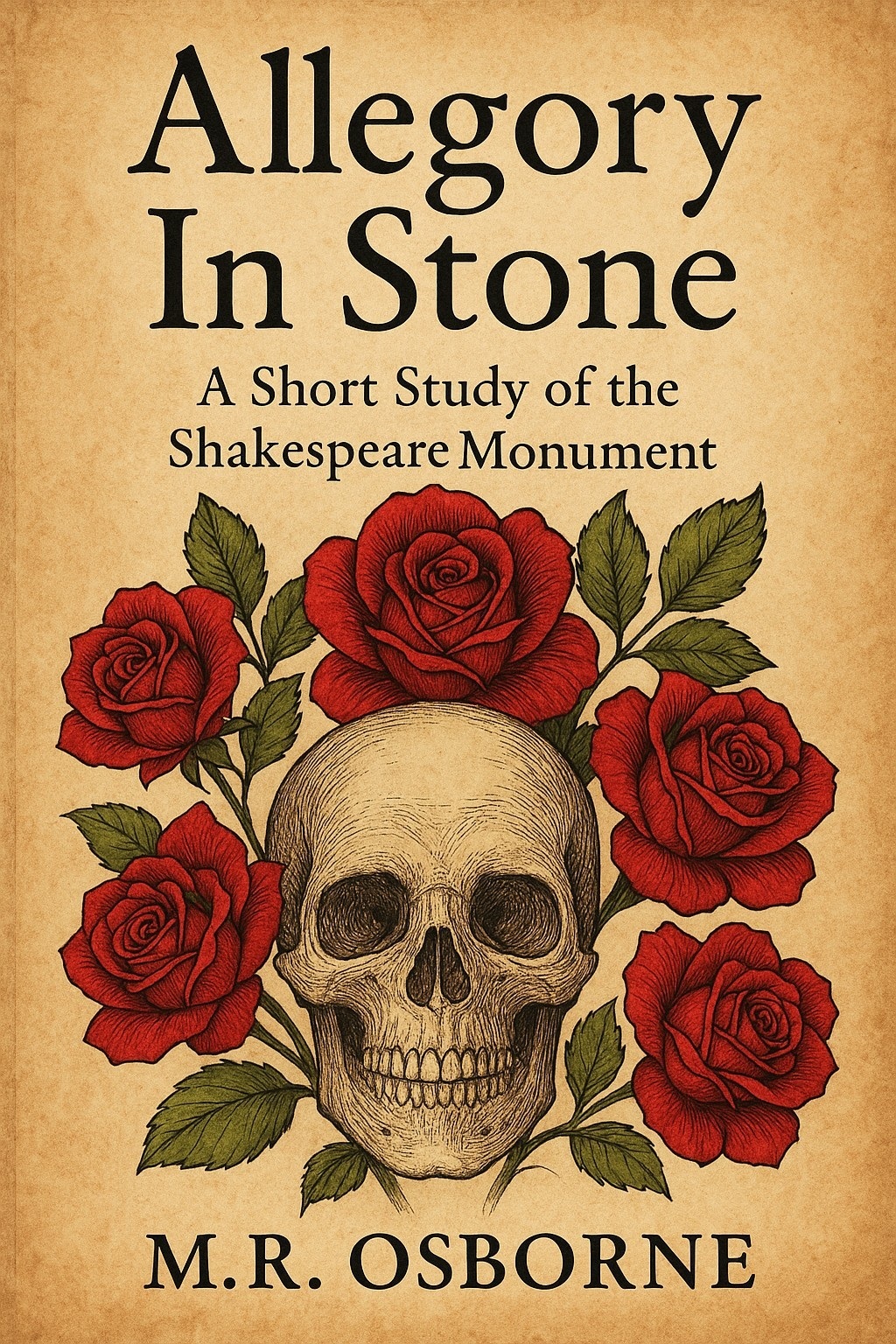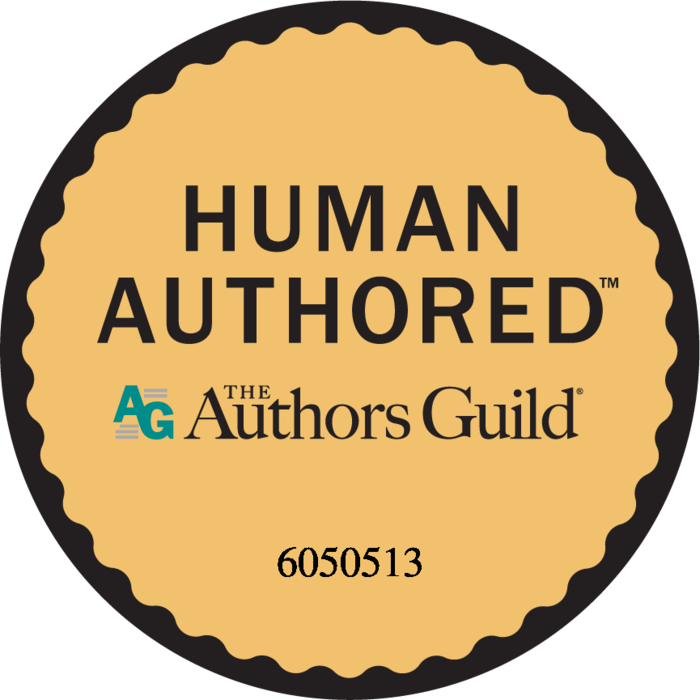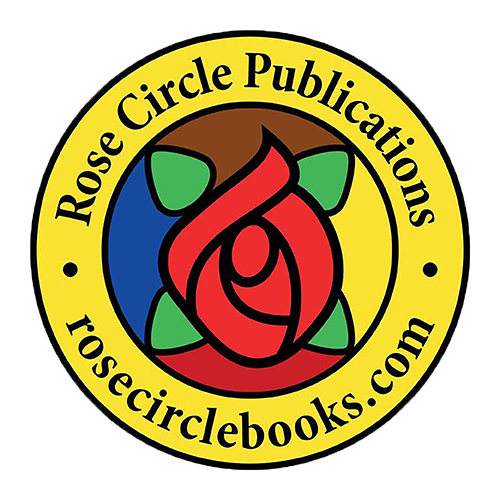

A discussion of the "Seven Veils" and related Rosicrucian features concealed in the funerary monument erected at Holy Trinity Church, Stratford-upon-Avon.
The monument contains fascinating, hidden clues about the occult influences on his life and work and allegorises the dual alchemical forces of dissolution and transmutation.
Many of the playwright's most significant secrets are revealed in a brief discussion of the key masonic, Rosicrucian, and Kabbalistic themes conveyed in the monument.
Available in hardcover and paperback (hardcover shown)
Allegory in Stone
This short work, reveals how the ciphers in Shakespeare's funerary monument serve as a code for the soul's passage from the world of ordinary life to eternal wisdom. This present work highlights the critical occult symbolism in Shakespeare's monument. The memorial can be said to be a metaphor for an early form of non-operative masonry.
It is undoubtedly Rosicrucian, even if the fraternity was comparatively new to England at the time of Shakespeare's death.
Indeed, the inferred references to Plato convey Rosicrucian ideals in the monument, which also undoubtedly incorporates Kabbalistic symbolism. Given that the Rosicrucians, the alchemists, and other occultists infiltrated the operative masonic guilds, it should come as no surprise that we can identify overtly Freemasonic symbolism within it. Yet Freemasonry, Rosicrucianism, and alchemy have no prior claim on the symbology of death/resurrection, duality, and the movement of transformation. These are far more ancient themes that hark back to the core spiritual memory of our species. However, they share many of the correspondences outlined in this book
No esoteric trend begins in a social vacuum because it takes time to evolve and develop. Freemasonry, alchemy and Rosicrucianism are no exception to this rule. Masonry did not start with a “bang” in 1717, as we know from the activities of Elias Ashmole, but likewise, what existed before that point did not constitute “Freemasonry” either. The same can be said of the Rosicrucians, who did not suddenly emerge in the early 1600s but gained popularity when enthusiasts began publishing their ideas.
It is beyond doubt that the monument contains symbols, geometric signs, and ciphers. The question is, what, exactly, do these allude to, if not to a Rosicrucian William Shakespeare?
“Osborne reveals that one Rosicrucian secret is that our bodies have a further six nonphysical forms ... concealed by seven veils ... The seven roses above Shakespeare's head on the monument refer to this Rosicrucian doctrine of the Seven Aphorisms or Sevenfold Soul."
A. Phoenix, The Francis Bacon Society
Join My Mailing List
Join the mailing list today to hear about upcoming books and lectures. If you have any questions on my books on Rosicrucianism, contact me by email author@mrosborne.co.uk.
This site is protected by reCAPTCHA and the Google
Privacy Policy and
Terms of Service apply.









